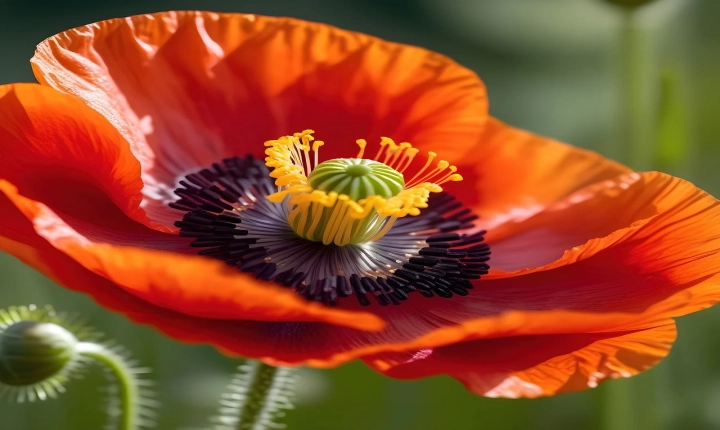Generative AI Art: Bridging the Gap Between Technology and Creativity
Artificial intelligence (AI) has made significant strides in recent years, not only in the field of technology but also in the realm of creativity. Generative AI art, in particular, has emerged as a groundbreaking form of artistic expression that blurs the boundaries between human creativity and machine intelligence. This innovative approach to art creation has gained traction, captivating audiences and sparking a new wave of interest in the intersection of technology and artistic expression.
Generative AI art involves the use of algorithms and machine learning models to create artwork that is both unique and aesthetically compelling. Unlike traditional art forms, generative AI art relies on the computational power of AI systems to generate new and original pieces of art, often based on input data, rules, or parameters set by the artist or programmer.
One of the most captivating aspects of generative AI art is its ability to produce an infinite number of variations, each with its own distinct characteristics and style. This aspect of generative AI art challenges the conventional notion of a single, immutable artwork, as it introduces the concept of art as a dynamic, ever-evolving entity. This dynamic nature of generative AI art has sparked a dialogue about the role of the artist as a collaborator with AI, rather than a sole creator.
The fusion of AI technology and artistic expression has also opened up new possibilities for artists, allowing them to explore and experiment with unconventional techniques and mediums. With generative AI art, artists can harness the computational power of AI to delve into complex patterns, fractal geometries, and other intricate structures that may be beyond the scope of human capability. This has expanded the artistic palate, enabling the creation of art that pushes the boundaries of traditional artistic practices.
Moreover, generative AI art has also emerged as a tool for fostering greater inclusivity and accessibility within the art world. By leveraging AI algorithms, artists can develop art pieces that cater to a broader range of perspectives, experiences, and cultural backgrounds. This democratization of art creation enables diverse voices and narratives to be expressed, offering a more inclusive and representative artistic landscape.
Critics of generative AI art, however, have raised concerns about the potential loss of human agency and creativity in the art-making process. They argue that reliance on AI systems may diminish human intuition, emotion, and interpretation, thereby undermining the essence of art as a deeply personal and emotive form of expression. Nonetheless, proponents of generative AI art contend that the collaboration between AI and artists has the potential to enhance human creativity, rather than replace it.
In conclusion, generative AI art represents a paradigm shift in the field of artistic expression, pushing the boundaries of creativity and technology. By harnessing the power of AI to produce diverse and dynamic works of art, artists have expanded the horizons of artistic creation, inviting audiences to ponder the intricate relationship between technology and creativity. While generative AI art continues to provoke critical conversations within the art world, its impact on the future of artistic expression is undeniable, as it offers a compelling vision of art as a collaborative endeavor between humans and machines.
